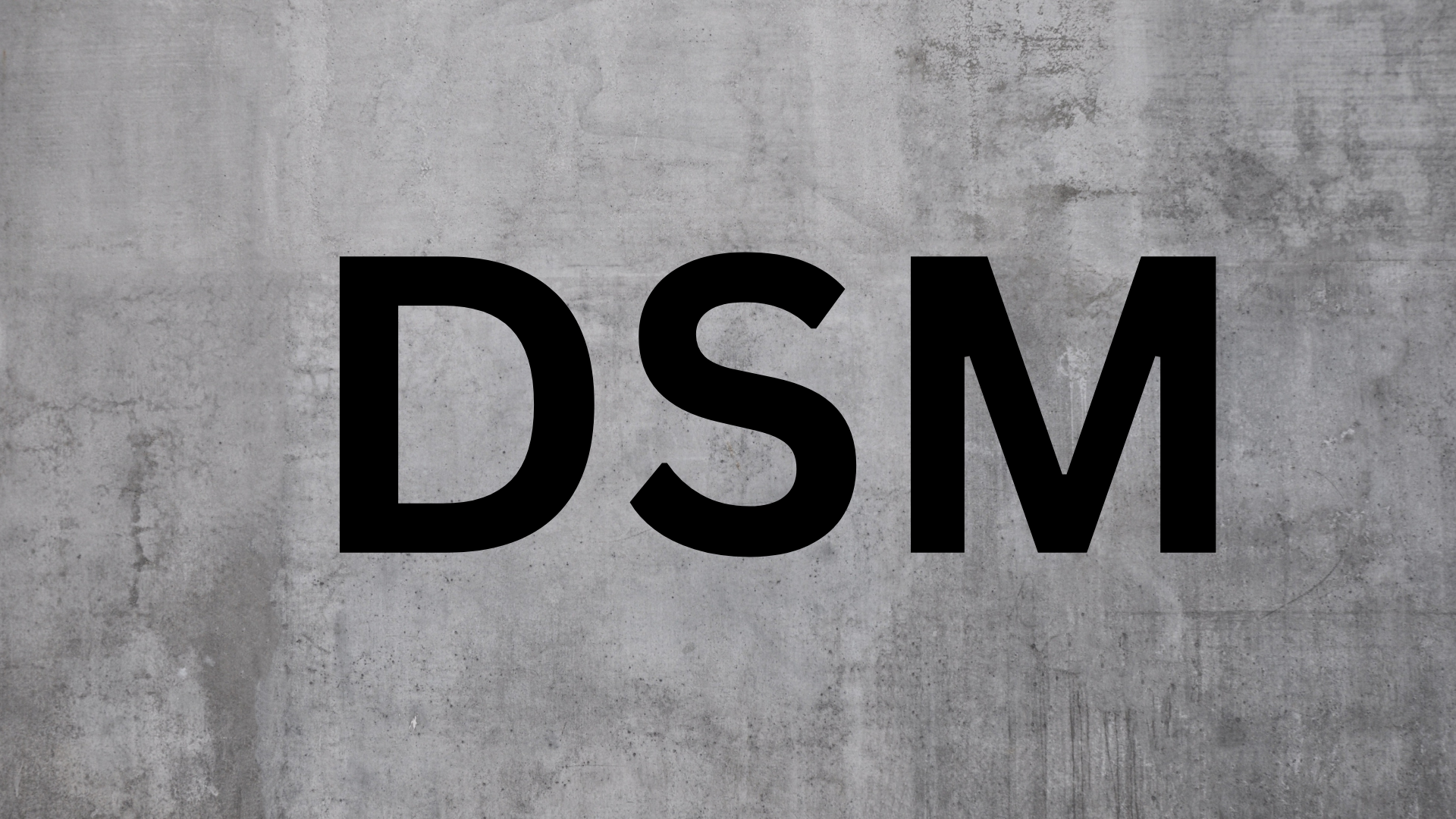Mental health disorders can be debilitating and have an enormous impact on a person’s quality of life. To effectively assess and treat these conditions, it is essential to understand the Diagnostic and Statistical Manual of Mental Disorders (DSM). This manual serves as a guide for mental health professionals worldwide, providing criteria for diagnosing various psychological conditions. In this blog post, we will delve into the importance of understanding DSM guidelines in assessing and treating mental health disorders effectively.
DSM as a Diagnostic Tool
Mental health disorders are complex and often misunderstood. The Diagnostic and Statistical Manual of Mental Disorders (DSM) is the gold-standard tool for diagnosing mental health disorders. The DSM provides clinicians with a common language for describing mental health symptoms and disorders. It also helps ensure that people with similar symptoms receive consistent treatment.
The DSM is published by the American Psychiatric Association (APA) and is updated every few years to reflect new research findings. The most recent version, DSM-5, was released in 2013. While the DSM can be a useful tool, it’s important to remember that it’s not perfect. Some people argue that the DSM pathologised normal human behaviour and led to overdiagnosis and unnecessary treatment. Others believe that the manual doesn’t do enough to address the root causes of mental illness, such as poverty or trauma.
Despite its flaws, the DSM is essential for anyone working in the field of mental health. If you work in therapy, counselling, or psychiatry, it’s important that you have a thorough understanding of the DSM-5.
Benefits of Utilising the DSM for Diagnosis and Treatment
The DSM is a critical tool for mental health professionals in diagnosing and treating mental disorders. It provides a common language and framework for clinicians to communicate with each other about mental health disorders. It also allows clinicians to compare their patient’s symptoms and diagnoses to others in the field, which can help to improve treatment planning. Finally, the DSM is a valuable resource for research on mental disorders, as it provides a systematic way of classifying and studying disorders.
Types of Mental Health Disorders Covered in the DSM
The DSM-5 includes significant changes to the way mental disorders are classified and diagnosed. The most notable change is the shift from a categorical to a dimensional approach to diagnosing mental disorders.
In the past, each disorder was classified as its own distinct category. For example, someone who met the criteria for major depressive disorder could not also be diagnosed with generalised anxiety disorder. In the DSM-5, however, disorders are now grouped into broad categories based on shared characteristics. This allows for a more nuanced understanding of an individual’s mental health disorder and how it might interact with other disorders.
The following are some of the types of mental health disorders that are covered in the DSM-5:
- Anxiety Disorders: Anxiety disorders include generalised anxiety disorder, panic disorder, agoraphobia, social anxiety disorder, specific phobias, and separation anxiety disorder. People with anxiety disorders experience excessive fear or anxiety that can interfere with daily activities.
- Mood Disorders: Mood disorders include major depressive disorder, persistent depressive disorder (dysthymia), bipolar disorder, and seasonal affective disorder (SAD).
Guidelines for Using the DSM
If you are a mental health professional, it is important that you familiarise yourself with the DSM-5 and use it appropriately in your practice. Here are some guidelines for using the DSM:
- Use the DSM to diagnose mental disorders, not to label people. The DSM is a clinical tool that should be used to make accurate diagnoses of mental disorders. It should not be used to label people as “crazy” or “mentally ill.”
- Use the most recent edition of the DSM. The DSM is periodically updated to reflect new research findings and changes in diagnostic criteria. Be sure you are using the most recent edition in your practice.
- Be familiar with the changes in diagnosis and criteria in the DSM-5. If you are using an older edition of the DSM, be aware of the changes in diagnosis and criteria in the latest edition. This will help you make more accurate diagnoses.
- Use the DSM criteria as guidelines, not rules. The DSM criteria should be used as a general guide for diagnosis, but not as an absolute rule. Consider other factors such as patient history and current functioning when making a diagnosis.
- Seek consultation if needed. If you are unsure of how to apply the DSM criteria in a particular case, seek consultation from a more experienced clinician or mental health professional.
Key Takeaways from Understanding the DSM
There are a few key takeaways from understanding the DSM that can help in effectively assessing and treating mental health disorders. First, it is important to understand that the DSM is not a perfect tool, but it is the best tool we have for diagnosing mental disorders. Second, the DSM can be used to assess both the severity and frequency of symptoms. Finally, the DSM can help guide treatment by providing information on specific treatments that have been shown to be effective for specific disorders. With this knowledge in hand, we are now better equipped to approach and treat mental health issues with greater accuracy and effectiveness.

